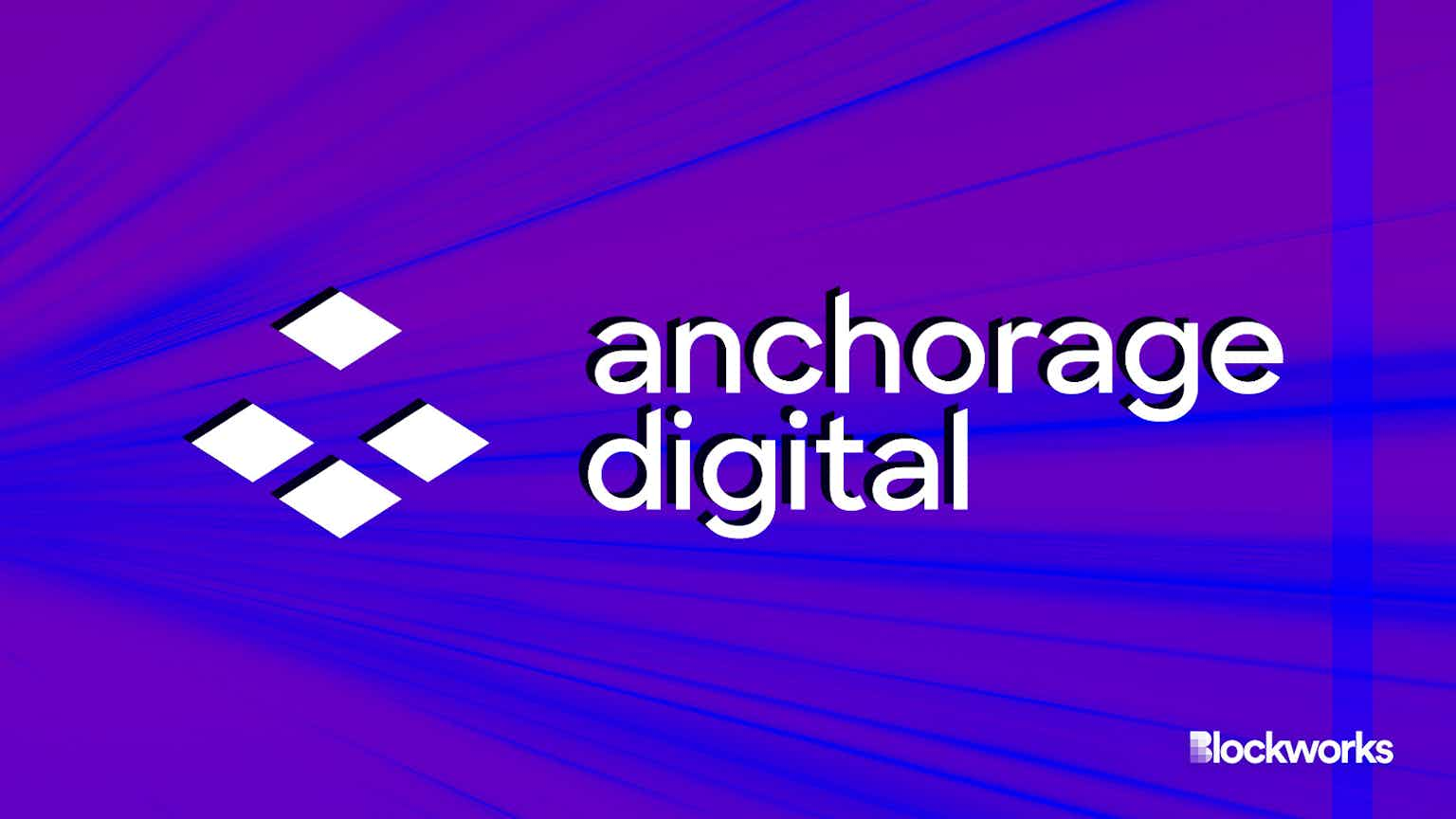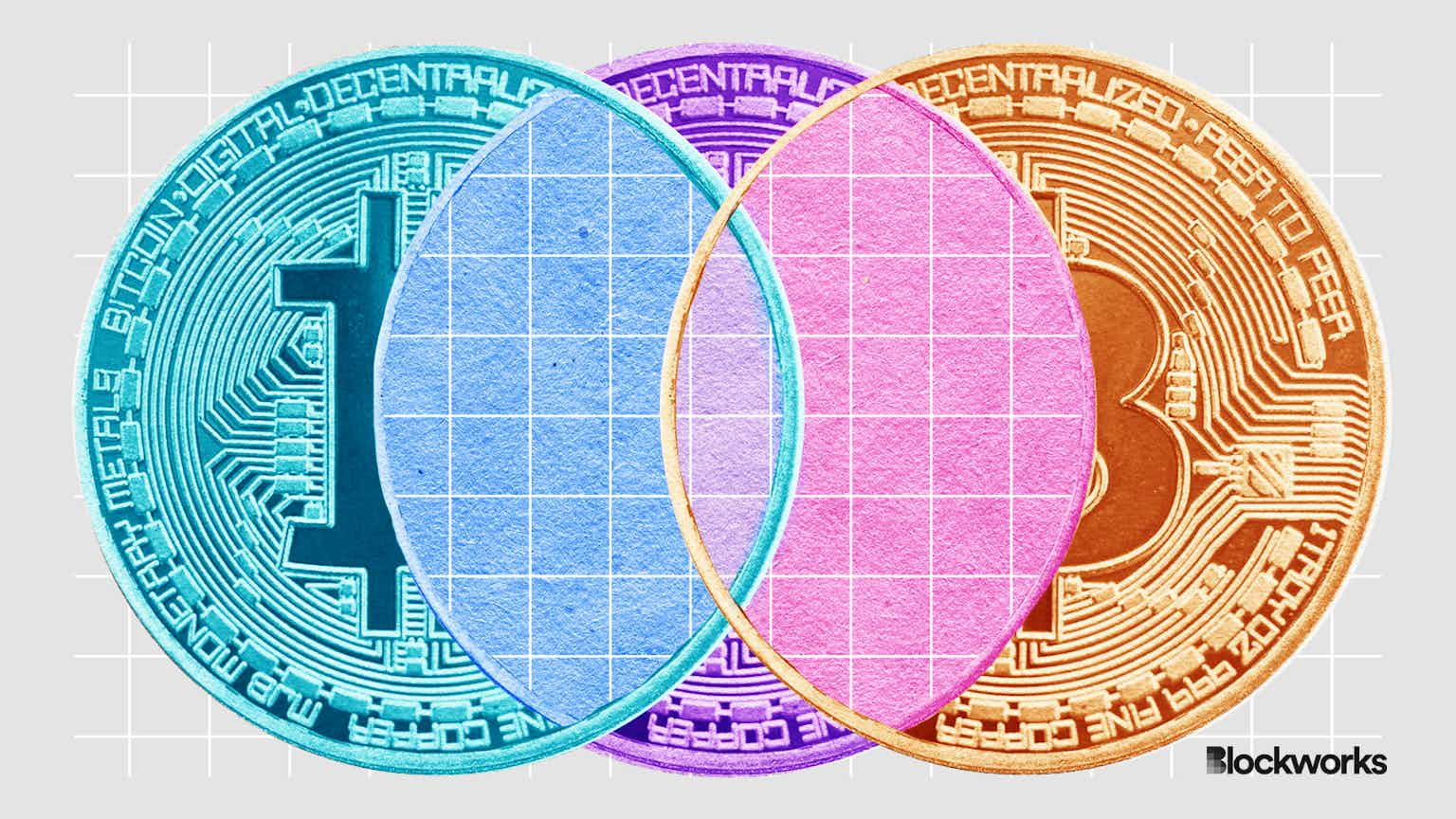Analysis: What Exactly is China’s CBDC?
Confused comparisons between the eCNY, which is also sometimes called the digital renminbi (RMB), and bitcoin likely come because of the technology behind it.

Source: Shutterstock
key takeaways
- China’s eCNY, its Central Bank Digital Currency, offers an alternative payment rail that’s a replacement for cash, or M0
- The People’s Bank of China has been working on the eCNY since 2014 as it is concerned about the expansion of commercial bank money, or M2, given the ubiquity of mobile payment platforms
When it comes to China’s central bank digital currency (CBDC), questions abound. Is China building a competitor to bitcoin? Does China’s CBDC efforts, known as eCNY, mean the US needs a CBDC?
If you were to survey Twitter and the blogosphere, you would get a series of mixed answers for the above questions. With a project as momentous as China’s eCNY there’s bound to be significant misinformation out there. After all, there are dozens of other CBDC projects in the works and while they have a similar objective to China’s CBDC they differ significantly under the surface.
“The rapid development and adoption of the eCNY highlights China’s embracing of financial technology. It is distinct from digital assets or protocols that are based on decentralized technologies,” Assistant Professor Ruan Tianyue from the National University of Singapore told Blockworks. “The eCNY, issued by China’s central bank, is regarded as official currency (equivalent to its physical counterpart). As a legal tender, it can be used as a medium of exchange.
To the contrary, cryptocurrencies such as bitcoins are not generally accepted as medium of exchange. In a similar vein, new protocols like DeFi have not been widely used yet.”
To blockchain or not
Confused comparisons between the eCNY, which is also sometimes called the digital renminbi (RMB), and bitcoin likely come because of the technology behind it. Blockchain is a form of distributed ledger technology (DLT), but not all DLT applications are blockchain.
China-based VC and Coindesk Columnist Dovey Wan argued in a column: “The Digital RMB, is a project that’s conceived of as a means of reasserting monetary control in the interests of financial stability.”
The network behind China’s eCNY, called the Digital Currency Electronic Payment network (DCEP), has elements of DLT. However, because of the requirements for scale and transaction speed, the team decided to abandon being based entirely on DLT during the prototype phase, according to Mu Changchun, the People’s Bank of China’s director of digital currency research.
“Our prototype was actually based on pure DLT, but then we found that the DLT is not suitable for our [CBDC],” Mu is quoted as saying during Hong Kong Fintech Week in 2019.
All about control
Secondly, the last thing that the PBoC would want is decentralization or loss of control of its currency. The defining factor of China’s monetary policy is control. Unlike the US dollar or the British pound, the CNY does not freely float.
“As the central bank, we have to run a centralized system. Because we have to be in control of the whole monetary policy issues and macroeconomic potential issues, we have to keep centralized operations,” said Mu. “But for DLT, it naturally has the characteristic of decentralization.”
Similarly, Sweden’s central bank, Riksbank, has adopted blockchain technology and DLT via R3 Corda. However, the country has cooled to the idea via a recent policy position that says DLT-based tokens don’t provide cash-like CBDC benefits.
The dominant dollar
When the subject of China’s CBDC efforts comes up, often the next phase of the discussion is how the US is able to counter it.
“The e-CNY has the potential to be used for cross-border transfers and payments if other countries buy in as well,” said National University of Singapore’s Ruan. “It remains to be seen whether the e-CNY could challenge the dominance of the US dollar in that domain.”
Given the US dollar’s global liquidity, the CNY has a long way to go in order to catch up.
Data from the Bank of International Settlements shows that the CNY only has around 5% of the total market share of foreign exchange turnover while the USD has closer to 90%. China’s capital controls are one of the reasons as to why this is the case; it’s impossible to move a material amount of money outside the country without prior approval as regulators fear capital flight.
The question remains if that will change in a material way anytime soon. Tim Draper has gone on record as to saying that the whole project will “bomb”.
“I wouldn’t want to take Chinese digital currency anymore than I’d want to take renminbi,” Draper has been quoted as saying. “If you digitize [the] renminbi, you are still stuck with most of the problems that you have with current political currency, with fiat currency.”
China’s official position is that it has no desire to replace the USD. On a recent panel, PBoC governor Li Bo has said that the efforts are primarily for domestic, not international use.
“For the internationalization of the renminbi, we have said many times that it’s a natural process, and our goal is not to replace the US dollar or other international currencies,” Li said while speaking at the Boao forum. “I think our goal is to allow the market to choose, to facilitate international trade and investment.”
Consumer perception challenges
So if a digital version of China’s currency isn’t a big threat to US dollar hegemony globally, are there material benefits to the domestic use of a digital dollar?
While there hasn’t been a concrete study in the US regarding the net benefits of CBDC issuance, a recent Bank of Canada research paper shows that there are theoretical gains to efficient CBDC, but consumer perception remains a challenge.
“Bank of Canada research suggests that consumer perception may be a hurdle to the adoption of CBDC,” the bank wrote in its paper. “The payments landscape is evolving quickly and new commercial alternatives 45 associated with the real-time-rail, digital wallets or platforms and credit cards may be entering the market coincidentally with the roll-out of a retail CBDC.”
So with no threat to the dollar hegemony from China’s currency, studies showing that it might have a consumer perception problem and only marginal material gains from its domestic issuance, is there anything to gain from a digital dollar?
Perhaps the biggest case study might have come from the issuance of Covid-19 stimulus in the US. The IRS distributed to Americans just over $1 trillion total in three batches with each batch averaging between $250 and $300 billion — all with the banking system remaining unclogged and fully functional.
Despite some parts of the US banking system remaining lethargic, the mass distribution of capital (an “airdrop” in crypto parlance), seems to have worked just fine.





